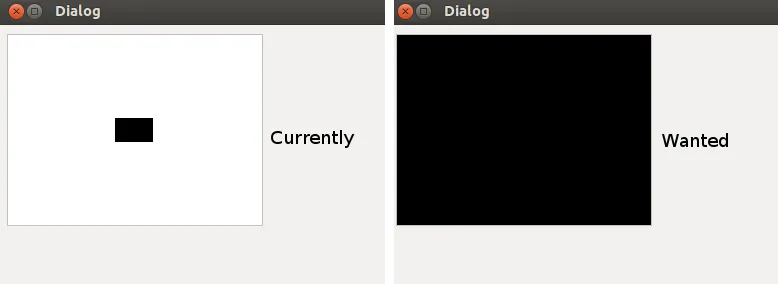我正在开发一个程序,它可以显示用户选择的一些图片。我希望将这些图片适应到QGraphicsView的框架中,但是图片显示出来比框架小。
所以这是我的代码:
这是上面代码生成的一些示例和我想要得到的内容。
可能出了什么问题?
所以这是我的代码:
image = new QImage(data.absoluteFilePath()); // variable data is defined when calling this method
scn = new QGraphicsScene(this); // object defined in header
ui->graphicsView->setScene(scn);
scn->addPixmap(QPixmap::fromImage(*image));
ui->graphicsView->fitInView(scn->itemsBoundingRect(),Qt::KeepAspectRatio);
这是上面代码生成的一些示例和我想要得到的内容。

40 x 60 像素,而框架的尺寸是 200 x 400 像素。可能出了什么问题?